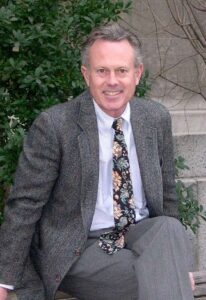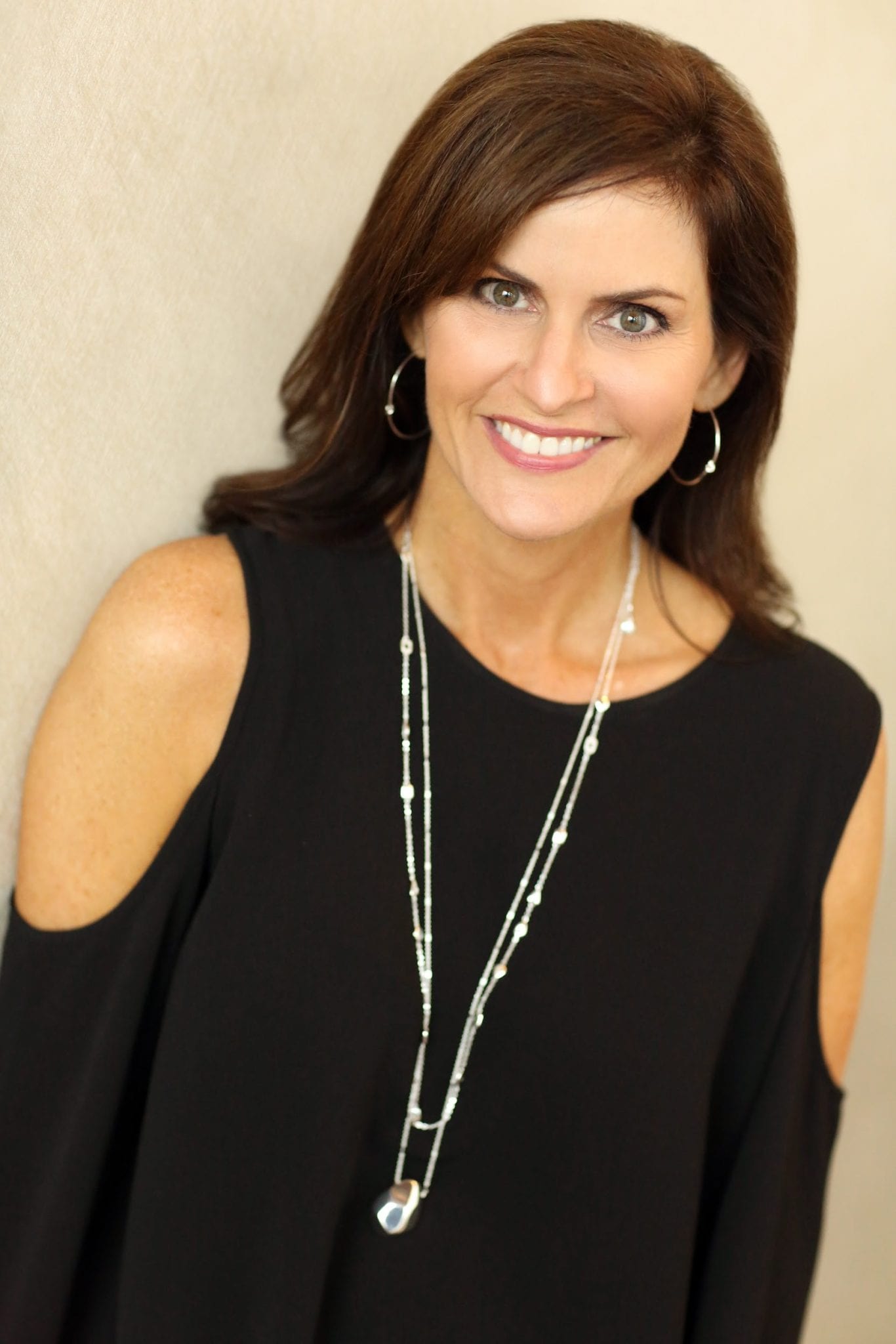CHANGING CHILDREN’S LIVES WITH HYPNOSIS offers examples of using hypnosis with children to address physical and mental challenges. A timely collection of patients’ healing experiences, the story of how these events changed one physician’s approach to medicine, and the takeaway information parents and practitioners should consider as they deal with medical and psychological challenges in their children’s and patients’ lives.
CHANGING CHILDREN’S LIVES WITH HYPNOSIS:
A Journey to the Center
by Ran D. Anbar
Rowman & Littlefield, November 2021
(via The Martell Agency)
 Every year millions of pediatric patients could benefit from hypnosis therapy to deal with and alleviate physical and psychological symptoms big and small. The benefits of hypnosis-facilitated therapy range from complete cures to small improvements. They extend beyond the physical and into the psychological and spiritual, building confidence, positivity and resilience. They include the empowerment of children with chronic health issues to feel more in control of their own minds, bodies and circumstances. They sometimes lead to the reduction or even elimination of medications. Hypnosis is painless, non-invasive, and cost-effective. It doesn’t preclude any other treatment, and drawbacks are virtually nonexistent.
Every year millions of pediatric patients could benefit from hypnosis therapy to deal with and alleviate physical and psychological symptoms big and small. The benefits of hypnosis-facilitated therapy range from complete cures to small improvements. They extend beyond the physical and into the psychological and spiritual, building confidence, positivity and resilience. They include the empowerment of children with chronic health issues to feel more in control of their own minds, bodies and circumstances. They sometimes lead to the reduction or even elimination of medications. Hypnosis is painless, non-invasive, and cost-effective. It doesn’t preclude any other treatment, and drawbacks are virtually nonexistent.
In a world where the doctor’s primary role has become more and more one of a technician—pinpoint a problem, prescribe a solution, and move to the next patient—hypnosis brings connection and art back into the process. It relies on a relationship between practitioner and patient, encourages creativity and expression, and allows patients to take ownership of their experience with the support and encouragement of their doctors. Children deserve the opportunity to receive gentle, thoughtful, empowering, and effective treatment in whatever form it’s available. Hypnosis therapy offers all of those things, and it’s time for patients, parents, and medical practitioners to embrace it—even to demand it.
Through meaningful stories and expert explanation, this book takes readers through the process of hypnosis for children and its myriad benefits for overall wellness.
Ran D. Anbar, MD, FAAP, is board certified in both pediatric pulmonology and general pediatrics and offers hypnosis and counseling services at Center Point Medicine in La Jolla, California, and Syracuse, New York. Dr. Anbar is a fellow, approved consultant, and past president of the American Society of Clinical Hypnosis. Dr. Anbar is a leader in the field of clinical hypnosis, and his over twenty years of experience have allowed him to successfully treat over 7,000 children. He also served as a professor of pediatrics and medicine and the director of pediatric pulmonology at SUNY Upstate Medical University in Syracuse, New York, for 21 years. Dr. Anbar has been a guest editor and advisory editor for the American Journal of Clinical Hypnosis. His experience has offered him the opportunity to direct and co-direct more than 20 clinical workshops on the subject of pediatric hypnosis. He has trained more than a thousand healthcare providers in the use of hypnosis and lectured all over the world. In addition to his teaching and lecturing experiences, Dr. Anbar has been the principal investigator in 10 published case studies of pediatric hypnosis and has been involved in research trials of children with cystic fibrosis and other pulmonary disorders. He is a published author of more than 50 articles, abstracts, and book chapters on pediatric functional disorders and pediatric hypnosis.

 Thirteen essays are included that explore the evocative scents of trees, from the smell of a book just printed as you first open its pages, to the calming scent of Linden blossom, to the ingredients of a particularly good gin & tonic. In your hand: a highball glass, beaded with cool moisture. In your nose: the aromatic embodiment of globalized trade. The spikey, herbal odour of European juniper berries. A tang of lime juice from a tree descended from wild progenitors in the foothills of the Himalayas. Bitter quinine, from the bark of the South American cinchona tree, spritzed into your nostrils by the pop of sparkling tonic water. Take a sip, feel the aroma and taste of three continents converge.
Thirteen essays are included that explore the evocative scents of trees, from the smell of a book just printed as you first open its pages, to the calming scent of Linden blossom, to the ingredients of a particularly good gin & tonic. In your hand: a highball glass, beaded with cool moisture. In your nose: the aromatic embodiment of globalized trade. The spikey, herbal odour of European juniper berries. A tang of lime juice from a tree descended from wild progenitors in the foothills of the Himalayas. Bitter quinine, from the bark of the South American cinchona tree, spritzed into your nostrils by the pop of sparkling tonic water. Take a sip, feel the aroma and taste of three continents converge. FOOLED is a book about why we fall for the schemes of liars, deceivers, marketers, con artists, and anyone else who tries to trick us into believing or doing something in their interest rather than our own. It identifies ten specific reasons why we are easily deceived, drawing upon classic and current research in cognitive psychology and the social sciences to explain exactly how deception works, why all of us are fooled at least some of the time, and how we can avoid being scammed—or even scam the scammers in return. FOOLED is not a book about why people cheat, but about how they manage to get away with it.
FOOLED is a book about why we fall for the schemes of liars, deceivers, marketers, con artists, and anyone else who tries to trick us into believing or doing something in their interest rather than our own. It identifies ten specific reasons why we are easily deceived, drawing upon classic and current research in cognitive psychology and the social sciences to explain exactly how deception works, why all of us are fooled at least some of the time, and how we can avoid being scammed—or even scam the scammers in return. FOOLED is not a book about why people cheat, but about how they manage to get away with it. In April 1975, Ralph White was asked by his boss to transfer from the Bangkok branch of the Chase Manhattan Bank to the Saigon Branch. He was tasked with closing the branch if and when it appeared that Saigon would fall to the North Vietnamese army and ensure the safety of the senior Vietnamese employees.
In April 1975, Ralph White was asked by his boss to transfer from the Bangkok branch of the Chase Manhattan Bank to the Saigon Branch. He was tasked with closing the branch if and when it appeared that Saigon would fall to the North Vietnamese army and ensure the safety of the senior Vietnamese employees. Dieting methods vary, but most fail to consider the impact a woman’s metabolism and hormones has on weight control. Our bodies, for example, are designed to store energy for activities like pregnancy and breastfeeding, which means we naturally store fat easily and have a tougher time converting calories to muscle. Also, we need fewer calories than men do, but we have higher vitamin and mineral requirements at various life stages. So our food choices matter and are vitally important.
Dieting methods vary, but most fail to consider the impact a woman’s metabolism and hormones has on weight control. Our bodies, for example, are designed to store energy for activities like pregnancy and breastfeeding, which means we naturally store fat easily and have a tougher time converting calories to muscle. Also, we need fewer calories than men do, but we have higher vitamin and mineral requirements at various life stages. So our food choices matter and are vitally important.